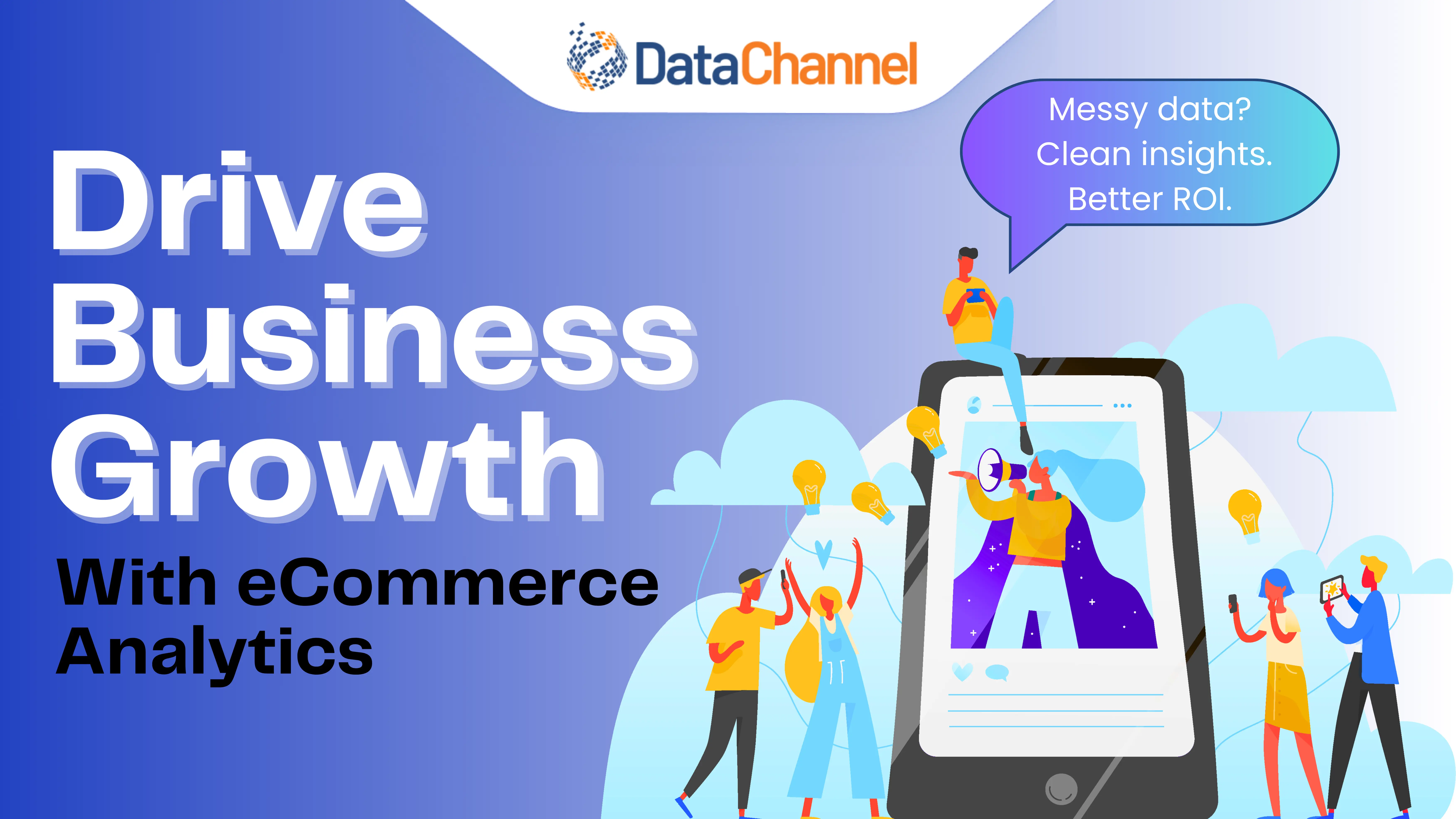
Introduction to Automated Feature Engineering Using Deep Feature Synthesis
At a time in the past, numerous companies struggled to obtain present as well as future knowledge about their businesses and respective market with data science owing to the lack of appropriate systems for storing and processing of complex data sets. As a result, the data specialists had to perform the data integration process to extract relevant information manually. The introduction of automated tools and deep feature synthesis has helped in the automatic creation of features between sets of relational data to incorporate automatic learning processes.
To get a better understanding of Automated Feature Engineering using Deep Feature Synthesis, let’s look at the basic building blocks of FE and understand them.
What features and feature engineering means?
Features are the measurable attributes represented by a column in a dataset.
Feature engineering is the process of transforming the raw data silos into features to improve the performance of machine learning models. The machine learning algorithms depend on the working of the model, and feature engineering helps in selecting the most accurate models to go for.
The performance of the models depends on the quality of features in the database used to train the model. If the features created by you can provide accurate information to the model regarding the target variable, then the model will be able to deliver a good performance. And when we don’t have the quality features in the database, then the performance relies on feature engineering.
Earlier, data scientists spent a lot of time and effort on creating models to enhance the accuracy of the machine learning process, but most of the time, the models could not even make it to production. The automated feature engineering helped data scientists to automate the tedious task of model creation so that they can focus on other core processes of the business.
What is Deep Feature Synthesis?
Deep Feature Synthesis is an algorithm that creates features between sets of relational data to automate the machine learning process. The algorithm applies mathematical functions to the multiple data sets in different rows & columns in order to transform them into new groups with better features.
Three concepts to understand deep feature synthesis:
- Determining the features from the relationship of the data points in a dataset
The deep feature synthesis performs the feature engineering for multiple tables and transactional datasets that are usually found in databases or log files and used by most of the organizations in the present time. The data scientists spend the majority of their time using relational databases. Therefore the features help them get the right data to work on.
- Deriving features using similar mathematical equations
This involves applying similar mathematical equations to multiple numeric values to derive a new numeric feature specific to a database. This will help you get better insights into your business and make the best decisions.
- Deriving new features from the used ones
The numeric values created in the databases can be used to create new features that are easier to understand and meet the search complexity.

What is Feature Tools?
Feature tools is a framework that is used for performing automated feature engineering. It transforms the relational and transactional databases into feature matrics to make your data ready for machine learning. Deep feature synthesis by bringing together multiple features, boosts the working of feature tools.
Major components of the feature tools library:
- Entity: An entity is a table that contains a unique identifying column.
- Entity Set: A combination of various entities and the relationship between them is termed as Entity Set.
- Feature Primitives: The basic operations used to create new and complex features to improve machine learning performance.
- Deep Feature Synthesis: Help in the creation of new features from single and multiple data frames.
DataChannel – An integrated ETL & Reverse ETL solution
- 100+ Data Sources. DataChannel’s ever-expanding list of supported data sources includes all popular advertising, marketing, CRM, financial, and eCommerce platforms and apps along with support for ad-hoc files, google sheets, cloud storages, relational databases, and ingestion of real-time data using webhooks. If we do not have the integration you need, reach out to our team and we will build it for you for free.
- Powerful scheduling and orchestration features with granular control over scheduling down to the exact minute.
- Granular control over what data to move. Unlike most tools which are highly opinionated and dictate what data they would move, we allow you the ability to choose down to field level what data you need. If you need to add another dimension or metric down the line, our easy to use UI lets you do that in a single click without any breaking changes to your downstream process.
- Extensive Logging, fault tolerance and automated recovery allows for dependable and reliable pipelines. If we are unable to recover, the extensive notifications will alert you via slack, app and email for taking appropriate action.
- Built to scale at an affordable cost. Our best in class platform is built with all ETL best practices built to handle billions of rows of data and will scale with your business when you need them to, while allowing you to only pay for what you use today.
- Get started in minutes. Get started in minutes with our self-serve UI or with the help of our on-boarding experts who can guide you through the process. We provide extensive documentation support and content to guide you all the way.
- Managed Data Warehouse. While cloud data warehouses offer immense flexibility and opportunity, managing them can be a hassle without the right team and resources. If you do not want the trouble of managing them in-house, use our managed warehouse offering and get started today. Whenever you feel you are ready to do it in-house, simply configure your own warehouse and direct pipelines to it.
- Activate your data with Reverse ETL. Be future-ready and don’t let your data sit idle in the data warehouse or stay limited to your BI dashboards. The unidimensional approach toward data management is now undergoing a paradigm change. Instead, use DataChannel’s reverse ETL offering to send data to the tools your business teams use every day. Set up alerts & notifications on top of your data warehouse and sync customer data across all platforms converting your data warehouse into a powerful CDP (Customer Data Platform). You can even preview the data without ever leaving the platform.

Summing-up
The ML experts can improve the working of their models by getting the benefits of multiple features. Automated feature engineering does not always deliver models that can successfully make into production. The deep feature synthesis ensures that the models created are efficient enough to automate the machine learning process and give relief to the data experts to focus their key efforts on using the relevant data to make better decisions that bring positive outcomes for the organization.
Try DataChannel Free for 14 days










